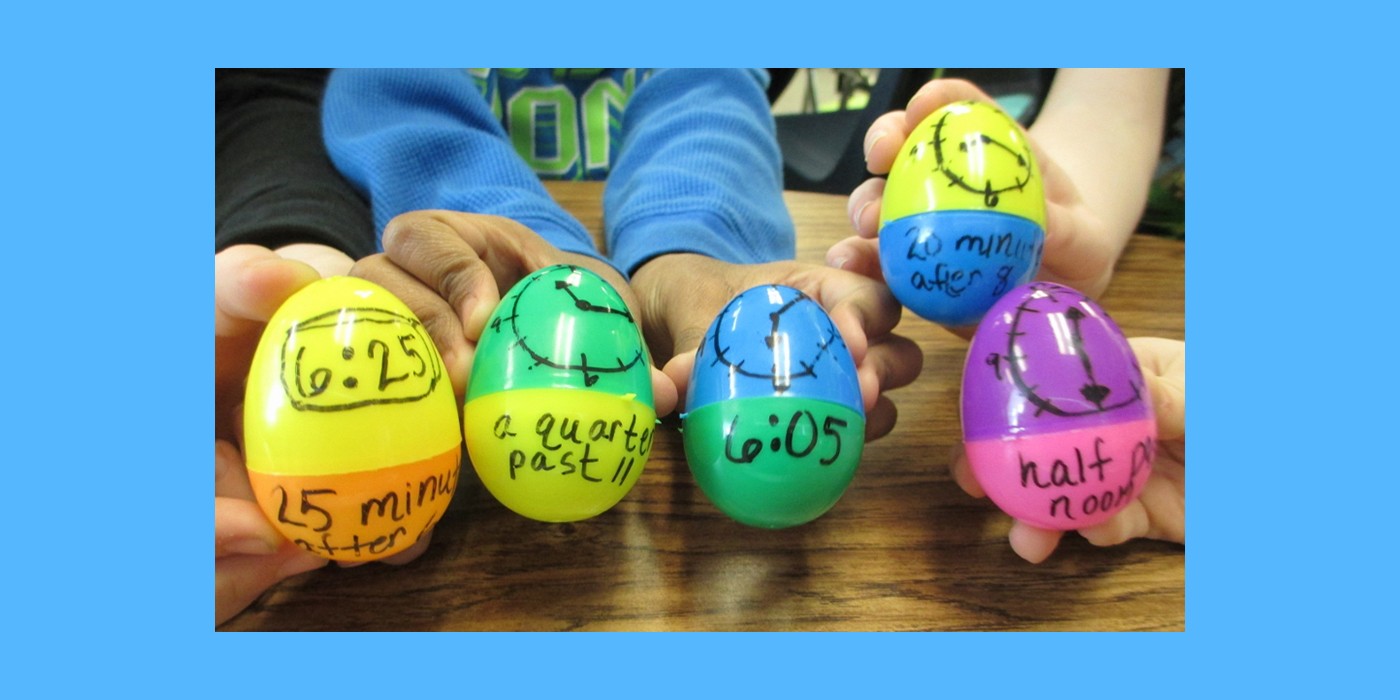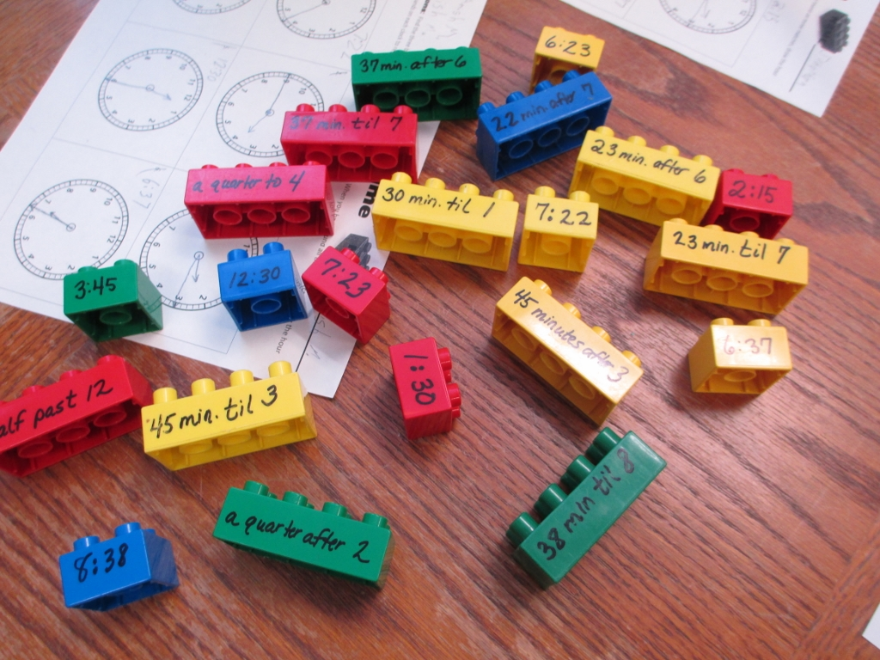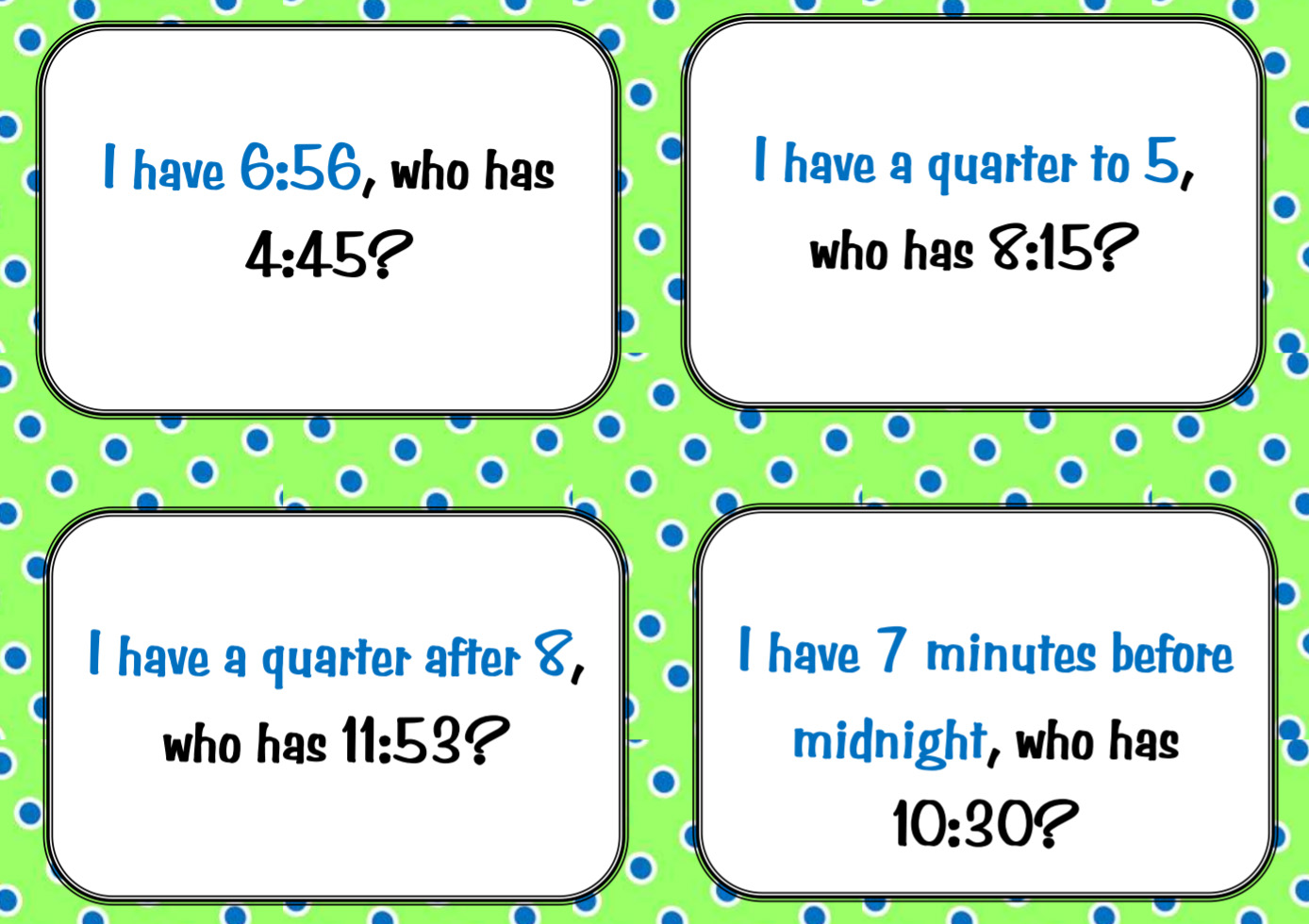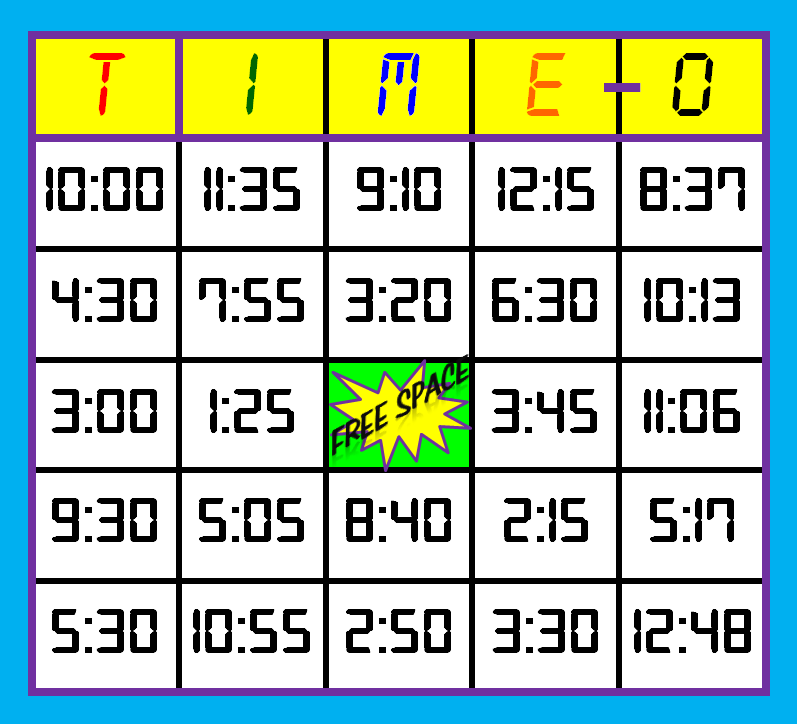Trying to teach and reinforce analog clock skills in a digital world can be a challenge in the classroom. Terms like “quarter to” or “half past the hour” make sense on a round analog clock but carry much less meaning in the context of the rectangular, digital clocks primarily used now. Yet students are expected to understand the language and readily move between digital and analog concepts.
When third grade teacher Genia Connell discovered that many of her students were struggling with time concepts, she put together some fun activities that her students could do during math centers and indoor recess. After a few weeks of incorporating the activities into her curriculum, she saw improvement in her students’ ability to convert digital times to analog clocks and vice versa. Try out some (or all!) of her activity ideas below.
It’s LEGO® Time!
LEGO® blocks can be great learning tools in the classroom, and the larger DUPLO® blocks are perfect for practicing minutes before and after the hour. Grab DUPLO® blocks and create sets of matching times written in different formats (for instance, 3:45; 45 minutes after 3; a quarter to 4) on different colored blocks. Throw in a few pieces that are close but don’t match any sets. Students can then work together to match the digital times with the correct wording and record the times on analog clock faces using this printable.
Tip: Permanent marker comes off the plastic easily with a little oil soap, allowing you to create new time sets or incorporate the blocks into other learning activities.



